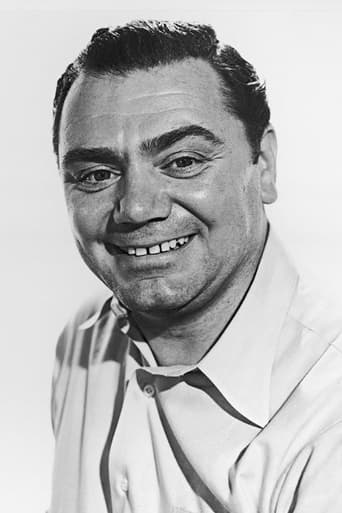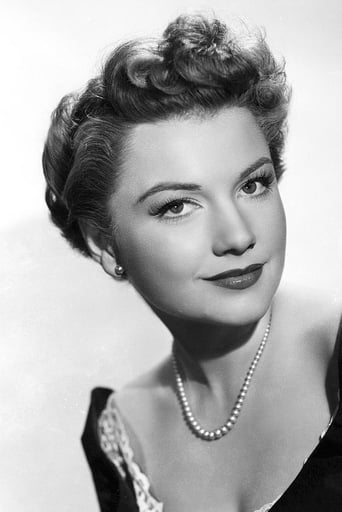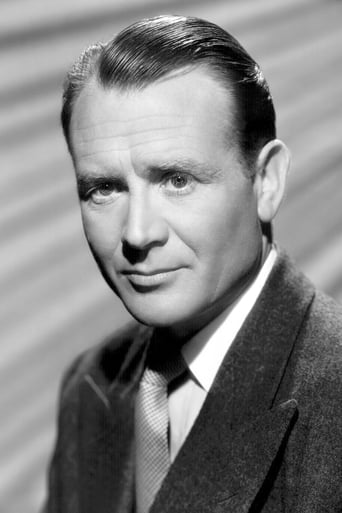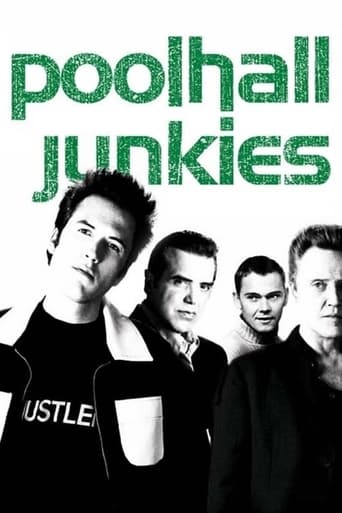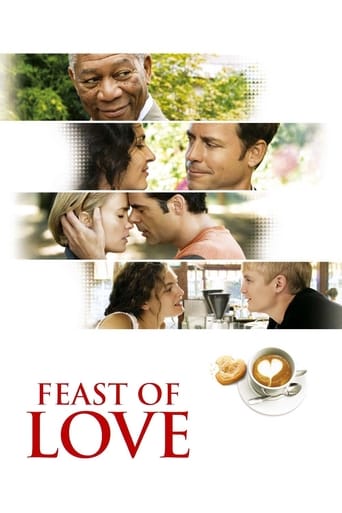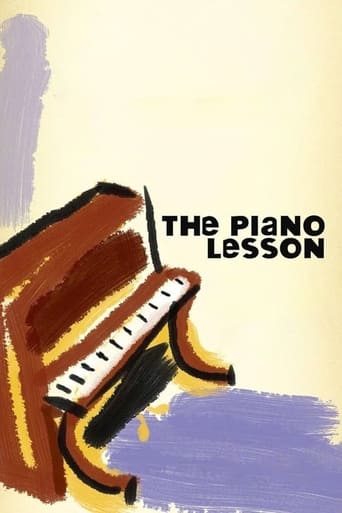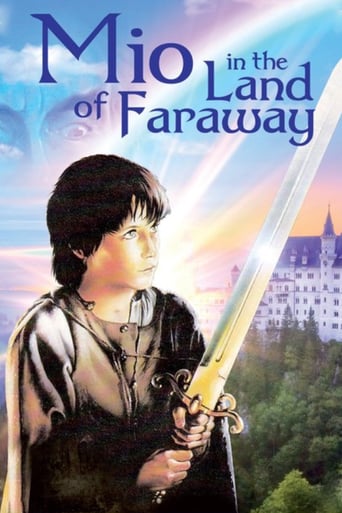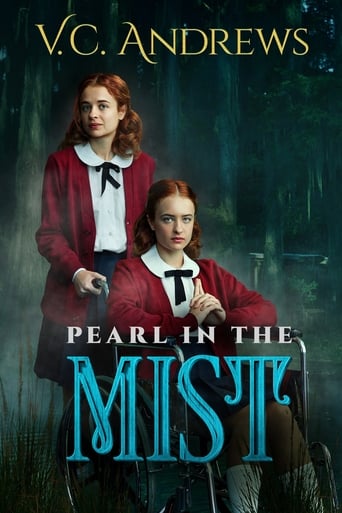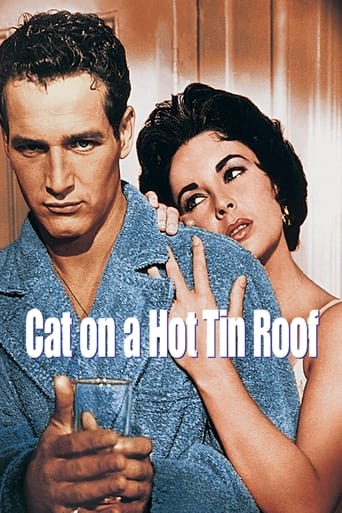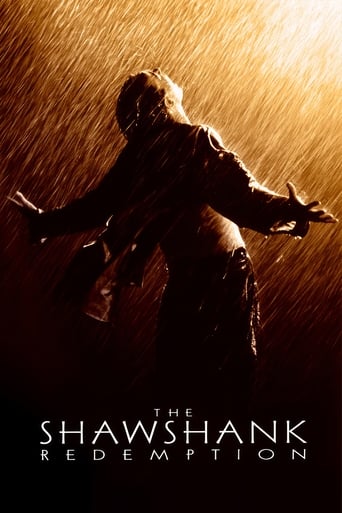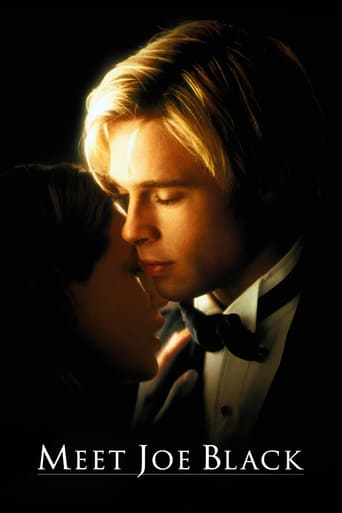

Summer of the Seventeenth Doll (1961)
Two Australian sugarcane cutters spend their annual five-month vacations in Sydney with their mistresses.
Watch Trailer
Cast


Similar titles
Reviews
Very Cool!!!
The Worst Film Ever
Absolutely Brilliant!
Absolutely amazing
At first glance it seems odd that a play set in a single room in the Melbourne suburb of Carlton in 1953 would have inspired Hollywood to turn it into a movie.At the heart of Ray Lawler's play is the story of people who have a unique relationship, but are aging and trying to recapture happier times. The play had a terrific sense of nostalgia, and the annual gift of the kewpie dolls were sad symbols of a time that was ending. Finally, the characters must come to terms with what they want from each other or what they can never receive. Although the setting is Australian the emotions are universal.There were many changes for the film. Some may have actually tightened the drama: the conflict between old friends Roo and Barney starts much earlier and the character of Dowd is given more to do. However the Luna Park sequence is heavy-handed and the ending is softer.Ernest Borgnine gave a passionate performance as Roo, but he struggled with the accent and he was never laid back enough. Australian Vincent Ball who played Dowd probably could have played the part, but he was hardly international box office.A year later, in "The Sundowners", an American star did play the type of Australian represented by Roo - Robert Mitchum. He got the accent about right, and he caught the tone; what might "Doll" have been with him in the role? Anne Baxter fared best. Although the accent slipped here and there, she created a warm and disarming Olive. The accent probably would have been pretty close four years later after she had lived that time on a property near Gloucester in NSW with her American husband. She was a brilliant woman on many levels who wrote of her experiences in "Intermission" - a fascinating outsider's view of life in rural Australia in the early 1960's.Accents aside, John Mills seemed a little too hyper anyway, but Angela Lansbury otherwise hit the right note as Pearl.The whole production has the feel of a British Ealing production, especially Benjamin Frankel's score, which is similar to his work for British films.The location was changed to Sydney opening the action out from the play. The exterior of Olive's house was in Glen Street, Milsons Point - the whole street is now high-rise apartments and office blocks although the view over Luna Park can still be recognised.I still find the film interesting, flaws and all. Both play and film are set in an Australia that is hardly recognisable now, but both capture feelings of loss and fear of change that are as relevant today as they were then.
Ernest Borgnine and John Mills star in this butchering of the Ray Lawlor play about cane cutters in the off - season. Borgnine, known at the time as the star in "McHale's Navy", is the middle aged labourer (actually about 33 years old or so in the play) past his prime and Mills is his mate. Angela Lansbury plays herself as a widow replacing Mills' girlfriend. In the play she was more salty than high class. In the play, "Barney" - played by Mills - was still a fairly young man (still in his mid-ish twenties). There is an odd scene where Bubba, the young ingenue is a barmaid filling up schooners with dregs (a Scottish bar ?). Product placements - Peters Icecream (twice), Brylcreem, Toohey Old (twice), TAA (airlines), Tooths (beer) and Bex (twice - aspirin).
The single most obvious problem with this film is that you have to go so far down the credits before actually finding an Aussie. The four leads, the old lady, Bubba, even the boxing promoter are all foreign actors. I can vaguely picture a big dumb Yank as played by Mr Borgnine doing some work as a canecutter, but John Mills just doesn't look the part. I have watched him in so many movies and this is probably the first I have ever thought him miscast.If you are from Sydney there is some great footage of Luna Park in its former glory, the old ferries, Central Station and so on. I believe the play is a mix of humour and drama but there is very little humour in this film. Anne Baxter is probably the best of the four leads, playing a rather desperate sweetheart. Vincent Ball's character is a little too smarmy and one is left wondering why anyone would find him appealing.It would be very interesting to see a remake with Australian actors in it, although it's doubtful whether the era could be captured as well again. Watch the movie for the locations but don't expect too much from the performances.
Ray Lawler's play about two tempestuous sweetheart couples coping with the layoff season in Sydney, Australia comes to the screen without much humor and a misguided heart. Sugar cane cutters Ernest Borgnine and John Mills take Kewpie doll collector Anne Baxter and manicurist Angela Lansbury to South Australia to rest up and look for holiday work--but trouble brews with Borgnine, who has mysteriously left his job after fifteen years. Practically without plot, this character study has become, on film, a visual journey rather than an emotional or personable one. Paul Beeson's cinematography is certainly striking, even as the entangled relationships and mercurial tempers at the forefront of the story quickly wear themselves out. Forget about accents, these actors (interestingly, if unsuccessfully, cast) don't even look like Aussie natives. Borgnine's strong sense of character and natural way with a complicated chunk of dialogue nearly saves him, but it was a fundamental error to surround these stars with unknown players who really do sound like Australians. The lively section at the amusement park is full of raucous vitriol and Beeson's playful visual composition, but every scene back at the boarding house is a lost cause. A very strange project, indeed. ** from ****


